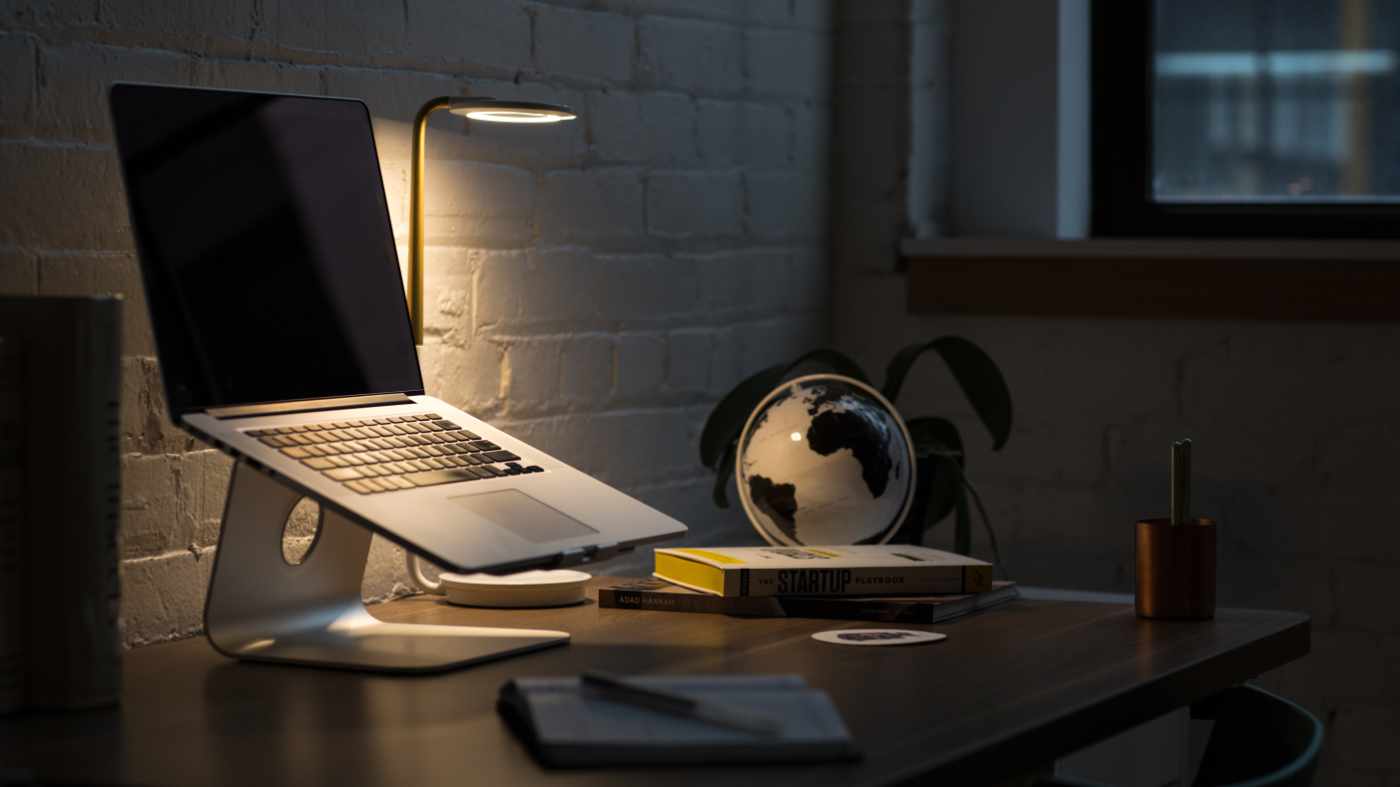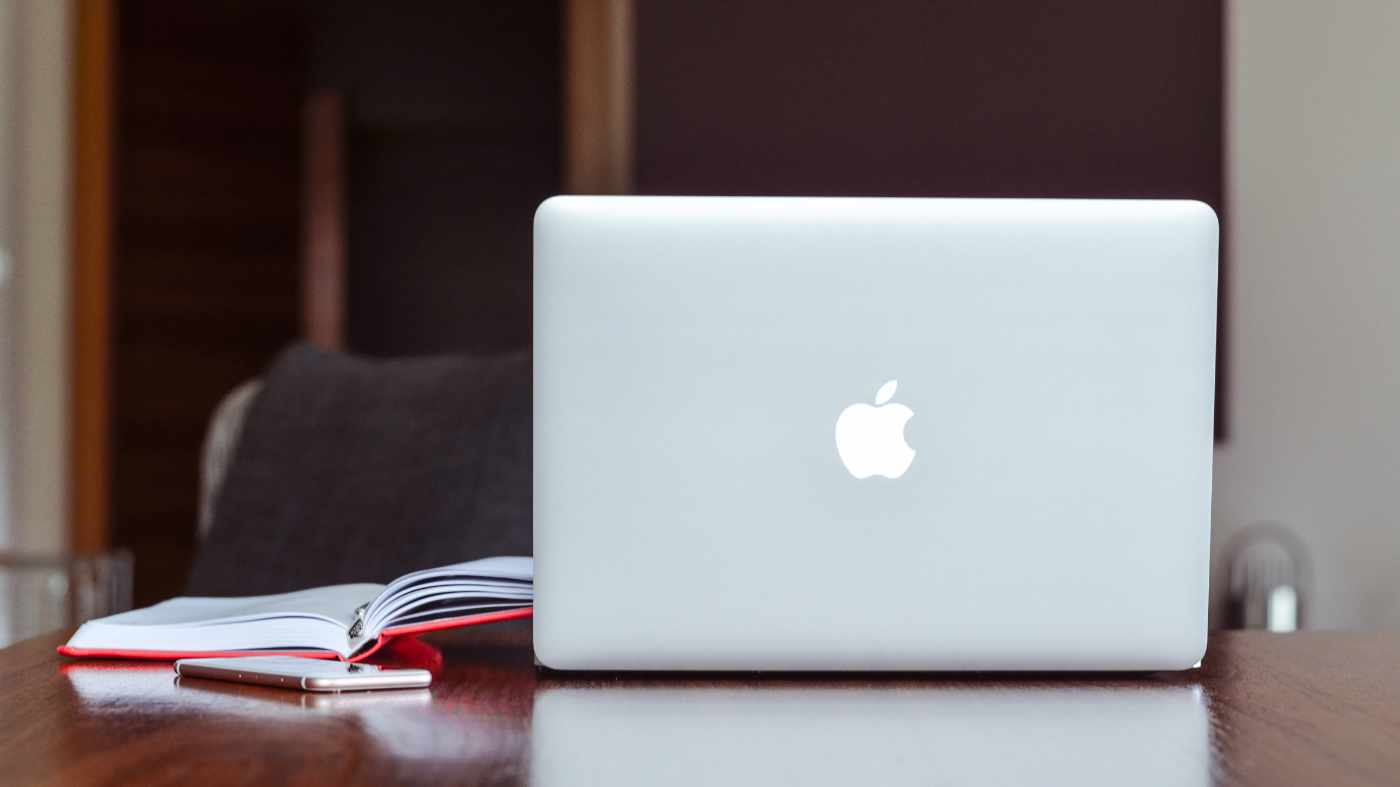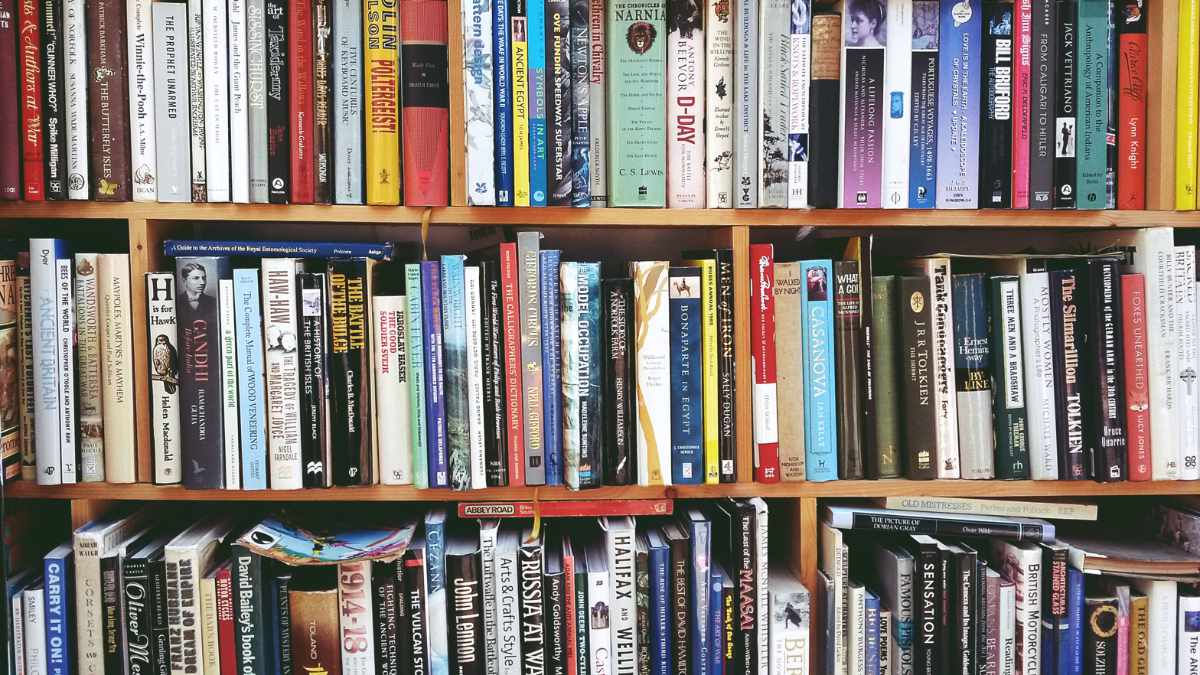We use cookies on this site to enhance your user experience
By clicking the Accept button, you agree to us doing so. More info on our cookie policy
We use cookies on this site to enhance your user experience
By clicking the Accept button, you agree to us doing so. More info on our cookie policy
Published: Nov 2, 2014 by C.S. Rhymes
Last week I went on holiday abroad and as data was not included on my contract for that country I had to turn data roaming off. I also had to go into aeroplane mode on the flights there and back. The result was no app notifications for a week.
This allowed me to realise how much time I spend using my phone and tablet (not to mention my laptop and chromebook) in a normal week. It was actually really nice to be able to switch off for a week and not be bothered by updates from emails, twitter, facebook and linkedin, and it allowed me to appreciate my holiday a lot more.
This also made me think how much time I spend using social media and checking my emails. Although this may be more fun than work, it is really just a big distraction.
This made me think, maybe it would be better to deliberately go offline (or into aeroplane mode) to help me concentrate and not be distracted. The idea is that you won’t keep picking up your phone or tablet every time it beeps or vibrates. Aeroplane mode turns off wifi and cellular signals meaning you won’t get any notifications at all. This may be a bit extreme for everyday uses so think about managing your notifications instead.
Going completely offline may mean you miss important notifications. There are ways to manage what notifications you get from each service.
Gmail automatically splits emails into categories for you, such as social networks, promotions and your main emails. This means you only get notifications for the main emails and not for every social media notification.
I also use the Outlook.com app for my Hotmail account. Although this doesn’t split emails into categories, it allows me to change the frequency it checks for emails (e.g. only once an hour). This is really useful as it reduces the volume of notifications. You can also set the time to check emails so you can prevent notifications when you don’t want them, known as “quiet time”.
Facebook and Twitter allow you to set what email notifications you get, as well as what notifications you get through apps. More information is available here:
Both iOS and Android allows you to set whether apps can send push notifications. With iOS it asks you whether or not to allow push notifications the first time you launch the app, but you can change this in the settings at a later date.
Android also allows you to control whether you allow push notifications from apps. This is normally in the settings menu, under apps.
The other alternative is to uninstall unwanted apps, meaning you won’t get any notifications at all.
If you can’t be bothered to change all these settings, then why not put your phone (or tablet) on silent. This means you will still get the notifications but you won’t be interupted when you are working. Instead, make a routing of checking your phone once an hour for a maximum of five minutes.
Do you have any other methods you use to keep focused? Why not share them in the comments section below?
Share
Latest Posts

There are lots of possible hosting solutions available for Laravel, from Forge, to Vapor to the new Laravel Cloud. I’ll start out by saying that these other solutions are much easier to get up and running than beanstalk, but I thought I’d share some of the “fun” I had getting it up and running.

I recently had to write a test for a React component that opened a new browser window. To open the new window I made use of window.open() in my code. This made the component easy to write, but I had to think a bit differently about how to write the test for this.

There has been a lot of discussion on Threads recently about becoming a writer, but don’t give up your day job. I have seen a lot of arguments from all sides, some people saying they became a successful full time writer, others saying they would never give up their job, then there are others who became writers full time then went back to another job. Writing has always been a hobby for me, but this discussion has made me think more about why I write.